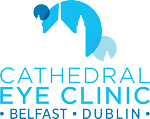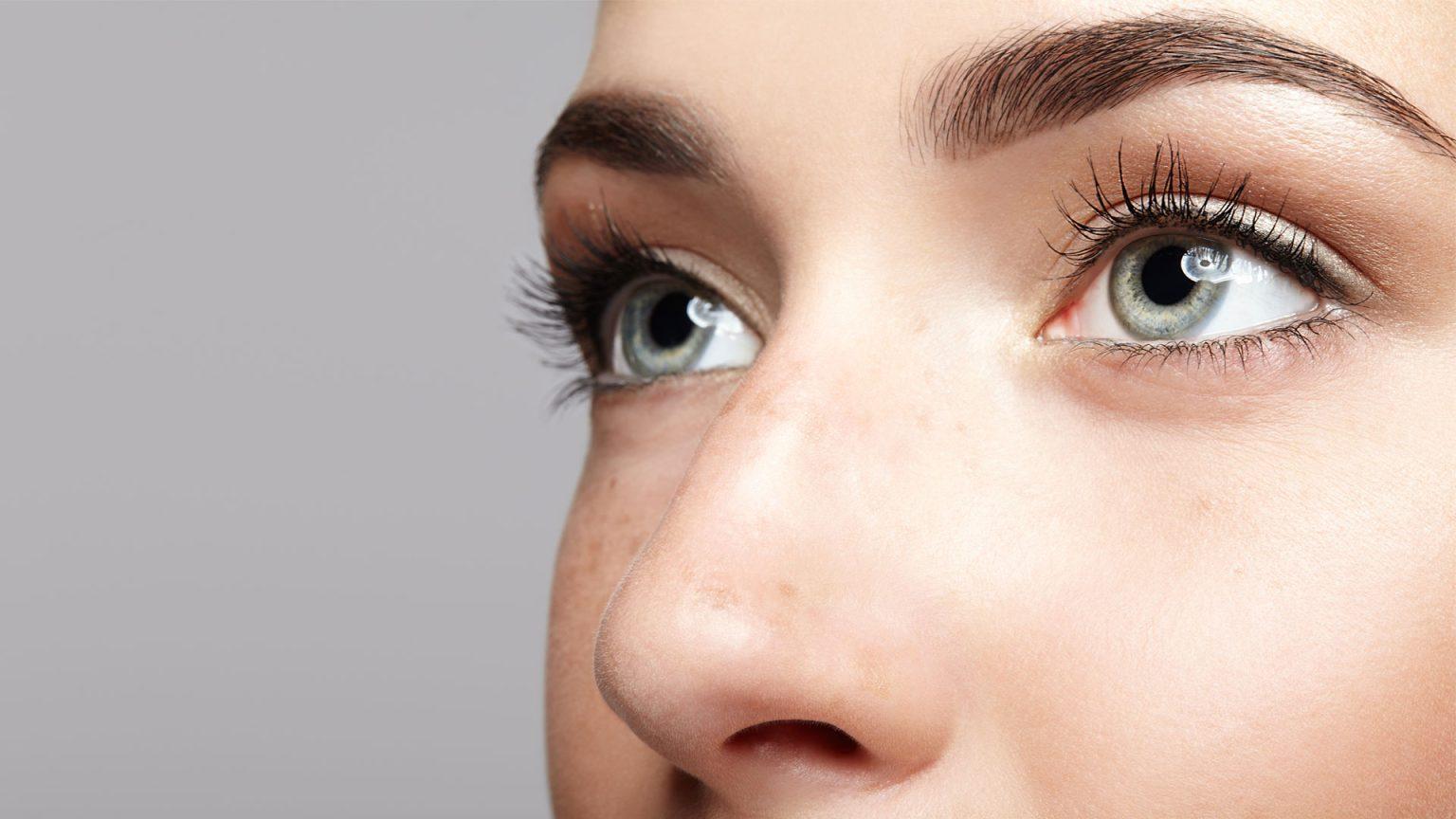What is Long Sightedness?
Long sightedness (also known as hypermetropia, or hyperopia) is one of the most common eyesight impairments experienced by patients the world over. The common nature of the condition means that a range of surgery and other treatment options are available.
In most people’s eyeballs, seeing objects at a distance any further than that of a small room requires focusing muscles to be totally relaxed and unstrained. In the case of those with hyperopia, however, focusing muscles remain strained regardless of distance. This means that affected patients are challenged in their ability to see objects at a close distance. Objects at a long distance can only be seen clearly if the level of long-sightedness is low if the level is high, glasses are also needed for distance. Additionally, presbyopic (age-related) symptoms always develop sooner when one is longsighted.
In this sense, long-sightedness symptoms can be viewed as opposite to short-sightedness, were seeing objects at a distance presents patients with great difficulty. Constant use of the eyes focussing muscles even to see clearly in the distance means that those suffering from hyperopia can at times be associated with tension headaches and even symptoms such as blurring of vision in young people when studying close work.
In the eyes of patients suffering from hyperopia, light is focussed behind the retina. This can result in objects at a short distance appearing distorted or blurred. However, it is important to note that the ability to focus light precisely on the retina is highly uncommon. Indeed, the majority of individuals are understood to be long-sighted to even a slight degree. In the majority of cases this is naturally amended by the size and changing shape of the lens.
Long-sightedness symptoms, both in children and adults, include:
- A blurred, distorted or fuzzy perception of objects at a short distance
- Frowning in an attempt to see nearby objects clearly
- Headaches and eye strain after completing close-vision activities (for example, reading or working at a computer screen)
- Squinting (where eyeballs tend to face in different directions). Whilst a common symptom, squinting is significantly more prevalent in the cases of children).
- Lapses in concentration due to eyesight.
Whilst the condition doesn’t cause pain or any life-threatening consequences, hyperopia can cause significant difficulty to patients completing simple, everyday tasks. Furthermore, the condition can present a number of safety issues when completing certain activities that require a clear close vision.
Long-sightedness Causes
Long-sightedness causes are not definite nor singular. In terms of eye size and shape, the following features are widely noted in cases of patients suffering from hyperopia:
- The size and shape of the eyeball may be shorter than the normal eye
- The cornea may be too flat in dimension, its curvature too flat
- An inability of the lens to focus according to light
Whilst long-sightedness causes are unclear, several factors are believed to contribute to the onset or worsening of the condition. These factors include:
- Age degeneration (age-related long-sightedness is referred to as presbyopia, and is especially common in people in their mid-forties)
- Genetics (long-sightedness is frequently inherited from parents)
- A stiffening of the eyes’ lenses over time
In the case of many children, long-sightedness occurs from birth. However, the condition commonly corrects itself as the eyes develop in later life. Of course, Cathedral Eye Clinic recommends regular eye tests to prevent the development of associated eye conditions.
Treatment of long-sightedness
In the majority of cases, hyperopia can be effectively treated by wearing prescription glasses or corrective lenses, which can assist your eye in focussing light at the correct position in your retina.
In many cases, patients suffering from hyperopia prefer to wear corrective contact lenses as opposed to prescription glasses. Whilst this tends to be a more expensive treatment than glasses, contact lenses offer an alternative to patients who feel that their lifestyle may be compromised by wearing glasses ‘full time’. It is important to note, however, that improper care of contact lenses can lead to eye infection or conjunctivitis. For this reason, corrective contact lenses are rarely recommended for children.
An accurate and more long-lasting alternative for correcting cases of hyperopia is laser eye surgery. Laser refractive surgery can manipulate the shape of your cornea, allowing rays of light to accurately focus on your retina. The centre of the cornea can be more pronounced by gently removing tissue from the edges of your eye. All of this can be achieved using local anaesthetic eye drops.
Whilst laser eye surgery may be recommended, it is important to note that this is not advisable for patients under the age of 21 (this is because the eyes may still continue to change well into adulthood).
An alternative to prescription glasses, corrective lenses and laser surgery is lens implants. This involves replacing the lens of the eye with an artificial lens, in a manner similar to that seen in cataract surgery.
If you think you may be suffering from hyperopia, one should seek the advice of an optometrist. Seeking early advice may prevent the onset of associated conditions such as glaucoma.
Learn about more common eye conditions such as Glaucoma and Astigmatism with Cathedral Eye Clinic.
Cathedral Eye Clinic specialises in managing all potential forms of refractive issues affecting patients. For more information on hyperopia, including the range of treatments available to treat the condition at our facility, contact Cathedral Eye Clinic today.






